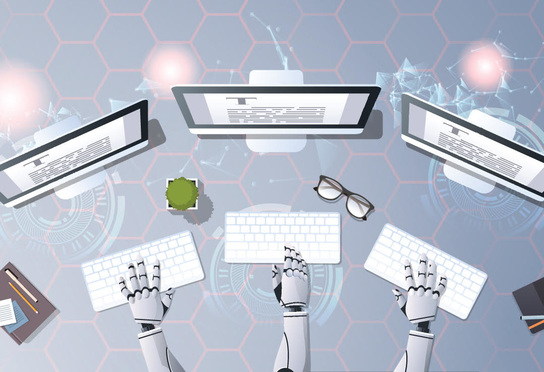If artificial intelligence (AI) is truly our fasting moving technology, the law has been lagging far behind. Addressing the emerging legal issues requires an understanding of the technology and how it works. In my prior article (“Waking Up to Artificial Intelligence,” NYLJ (Feb. 11, 2020)), I discussed the concepts of machine learning and deep learning. This column will continue to examine how AI functions and some of its legal implications.
Natural Language Processing
Natural Language Processing (NLP) refers to the ability of a computer system to understand human speech in a language such as English, in contrast to understanding an artificial computer language that is used to create a computer program. NLP enables a computer system to process speech in context with a useful understanding of language features such as grammar, structure, context and meaning. On a deeper level, NLP enables a computer system to interact with humans in a more “natural” way, by receiving human language input (such as directly receiving human speech), and returning output in the form of human language. NLP is increasingly used in many contexts from smart speakers/home assistants like the Amazon Echo, Google Assistant or Siri, to automated telephone call centers.







